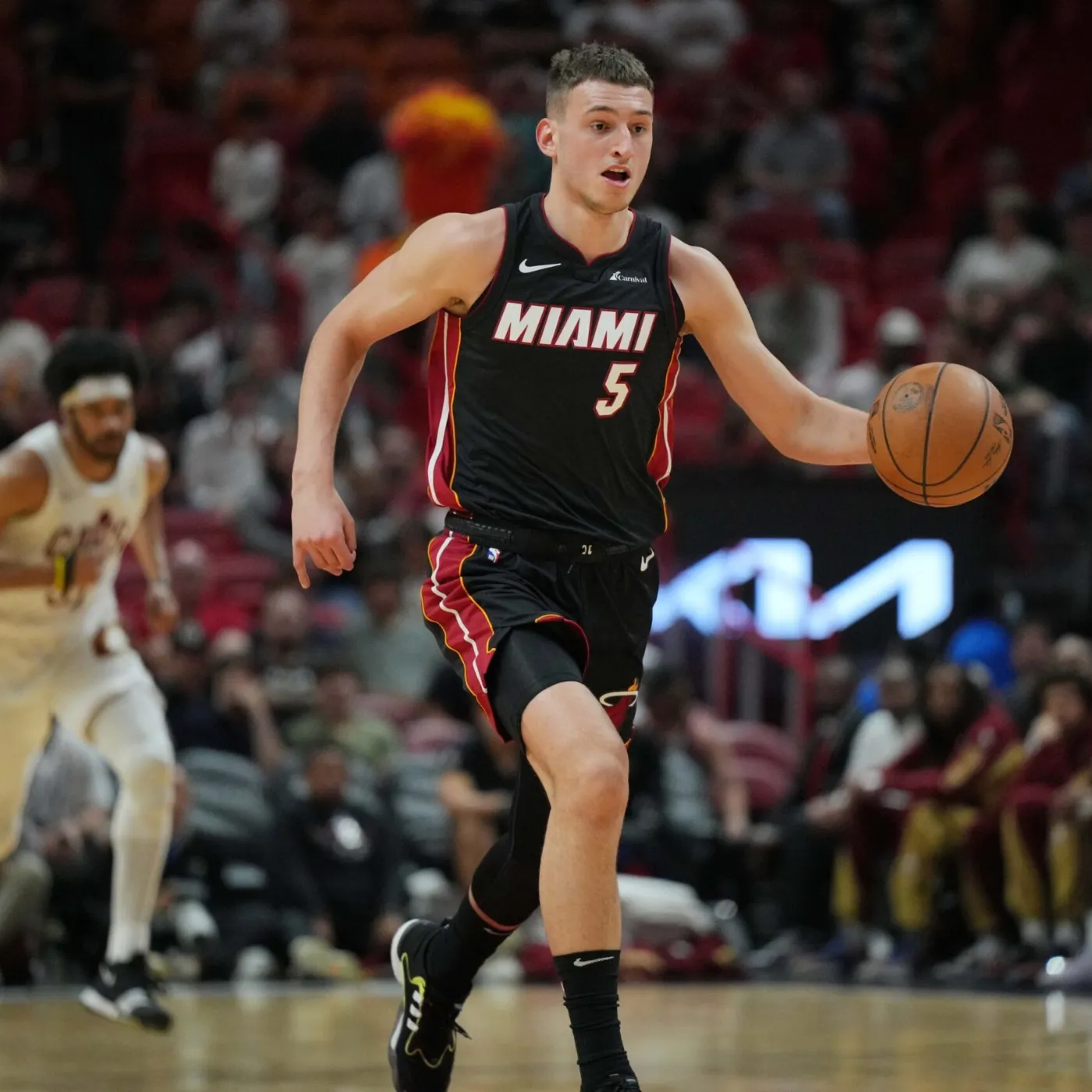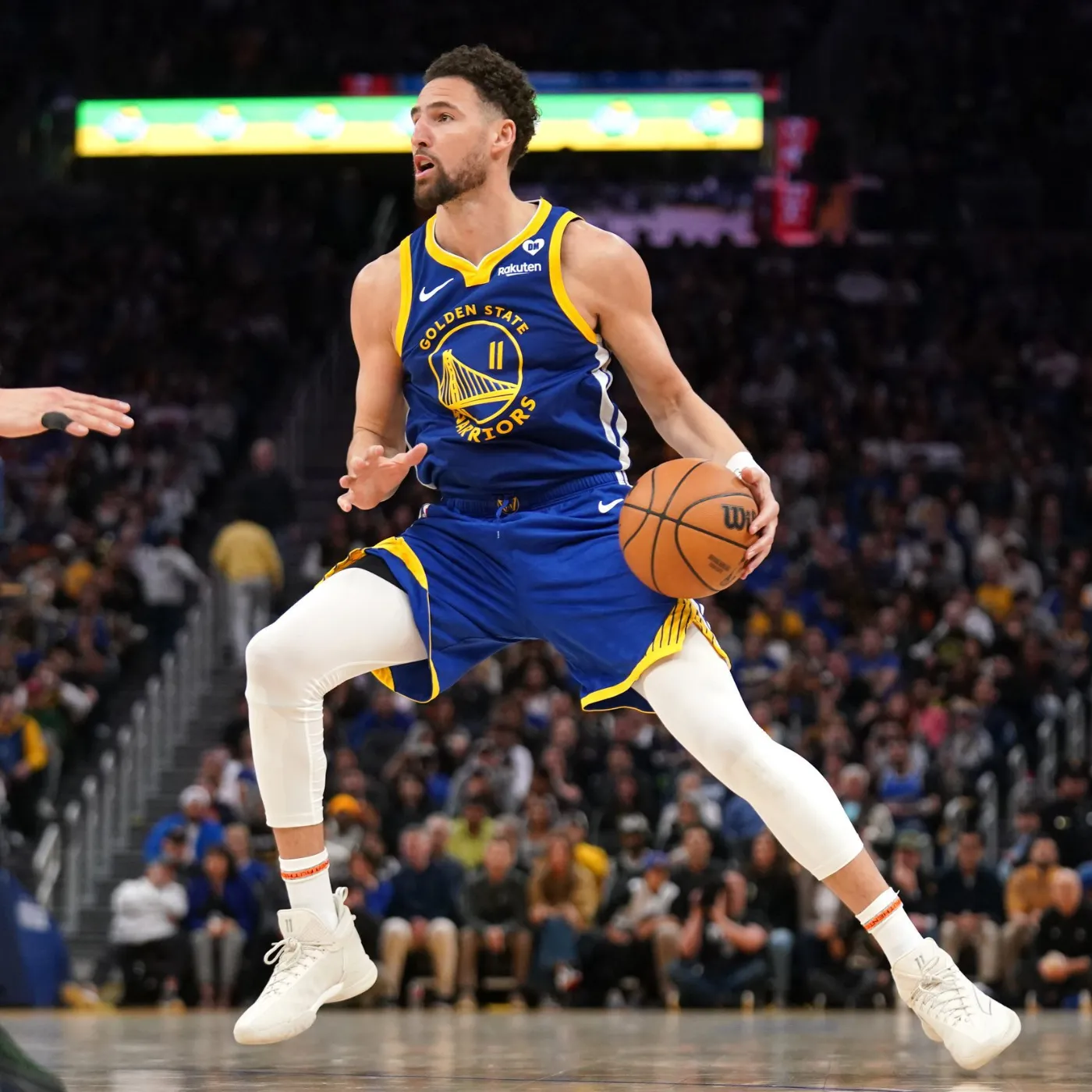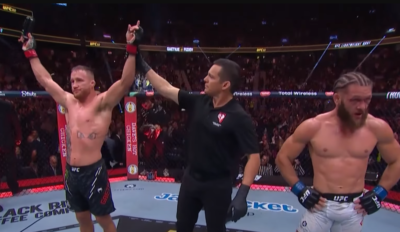
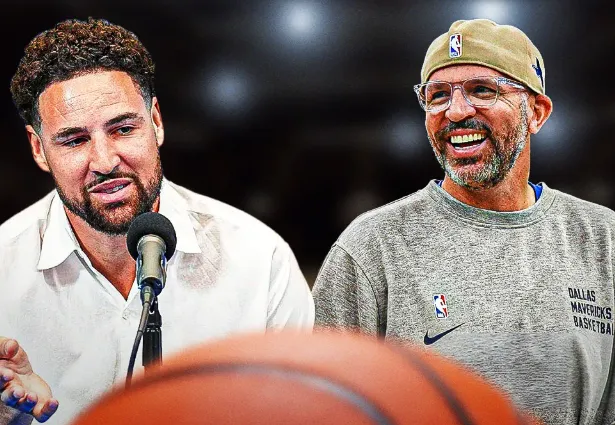
Klay Thompson praises Jason Kidd for reviving his role—something Steve Kerr hasn’t done since 2011-12
Klay Thompson has long been one of the NBA’s most admired sharpshooters and defensive specialists. But in recent seasons, his once-prominent role on the Golden State Warriors began to fade, raising questions about whether the four-time champion had lost his touch or simply needed a change of scenery. That answer may have come this season, as Jason Kidd’s coaching philosophy has breathed new life into Thompson’s game, reviving a version of the player fans haven’t seen since the early 2010s.
In this article, we explore how Kidd has revived Klay Thompson’s role, why his experience with Steve Kerr in Golden State stalled in recent years, and what this means for Thompson’s career trajectory.
Klay Thompson’s Decline in Golden State
After tearing his ACL in the 2019 NBA Finals and suffering an Achilles injury in 2020, Klay Thompson’s return to basketball was more about resilience than results. While he managed to contribute in the Warriors’ 2022 championship run, his role became inconsistent.
Steve Kerr, who had relied heavily on Thompson’s two-way play in earlier years, began tinkering with the rotation. In the 2023-24 season, Klay was even brought off the bench—something that hadn’t happened since his rookie year in 2011-12. While the move was presented as a strategic adjustment, it also marked a public recognition that Klay was no longer central to Golden State’s system.
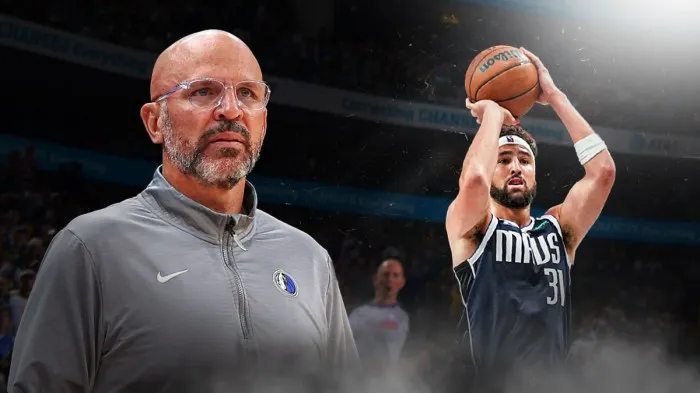
Thompson never fully embraced that diminished role. His minutes fluctuated, his shot selection seemed forced, and defensively he wasn’t the same lockdown wing that once haunted opposing offenses. Many insiders felt that Kerr failed to tailor his approach to suit a veteran trying to regain confidence and rhythm.
Jason Kidd Offers a Fresh Start in Dallas
Everything changed in the summer of 2024 when Klay Thompson signed with the Dallas Mavericks. The three-year, $50 million deal was seen as a gamble by some, but Thompson made it clear he was looking for a fresh environment where he could still be effective—even if not as a primary scorer.
Enter Jason Kidd, a coach known for getting the most out of his guards. Kidd recognized Thompson’s evolving strengths and managed his minutes with a long-term vision. Rather than overextending the 34-year-old, Kidd kept his playing time to a manageable 27-28 minutes per game.
Thompson acknowledged Kidd’s approach with sincere appreciation, saying: “I appreciate him not running me into the ground this season. He played me like 27-28 minutes a night. It’s just been a real pleasure to be playing under him. He’s such an amazing basketball mind.”
Statistical Rejuvenation and Confidence
With the Mavericks, Klay Thompson’s stats have seen a significant uptick. He averaged 14.0 points, 3.4 rebounds, and 2.0 assists per game during the 2024-25 regular season, while shooting 39.1% from three-point range. These aren’t career-high numbers, but they’re emblematic of a player who understands his role and performs it with efficiency.
Crucially, Thompson’s shot selection has improved. He’s taking fewer contested shots and moving more within Kidd’s off-ball schemes. Luka Dončić’s gravity as a playmaker has created open looks, while Kyrie Irving’s dribble penetration draws defenders away from the perimeter.
Thompson has adjusted by positioning himself as a reliable third option who can still erupt on any given night. His 26-point performance against the Kings in March was a vintage display, reminding fans that the firepower hasn’t disappeared—it just needed the right coaching to reignite.
A Tale of Two Coaches: Kerr vs. Kidd
The difference in coaching styles between Steve Kerr and Jason Kidd has become a defining subplot of Thompson’s career resurgence. Kerr, who guided the Warriors to four championships, often emphasizes motion offense, high IQ playmaking, and flexibility. While this worked wonders in the early 2010s, the system became increasingly rigid for veterans like Klay, whose strengths no longer matched the scheme.
Kerr’s decision to bench Thompson in favor of younger players like Moses Moody or Jonathan Kuminga may have made sense on paper, but it also affected Klay’s rhythm and confidence. There was little consistency in how he was deployed, and Thompson’s frustration often surfaced in postgame interviews.
By contrast, Jason Kidd has embraced structure with adaptability. He’s given Thompson a clearly defined role as a floor-spacing wing and secondary defender. Kidd hasn’t demanded more than what Klay can physically deliver. Instead, he’s maximized what remains of Thompson’s skillset.
Mental Rejuvenation and Locker Room Dynamics
Beyond the on-court numbers, Klay Thompson’s mental health and confidence appear rejuvenated in Dallas. The move to a new locker room, surrounded by stars like Luka Dončić and Kyrie Irving, has allowed Klay to be both mentor and contributor without the immense pressure of leading the team.
He’s been visibly more relaxed in interviews and shootarounds. Reporters have noted the renewed joy in his demeanor, a sharp contrast to the tension seen in his final seasons with the Warriors. Kidd’s communication style—direct, supportive, and strategic—has resonated with Thompson in ways Kerr’s did not in recent years.
Team insiders suggest that Thompson feels more “seen” in Dallas. Rather than being a fading legend trying to fit into a new mold, he is a valued veteran with clear expectations and strategic usage. That mental clarity has made all the difference.
The Importance of Role Definition in the Modern NBA
In the modern NBA, where pace, spacing, and adaptability reign supreme, even the most talented players need a clearly defined role to succeed. Klay Thompson’s revival under Jason Kidd underscores this truth.
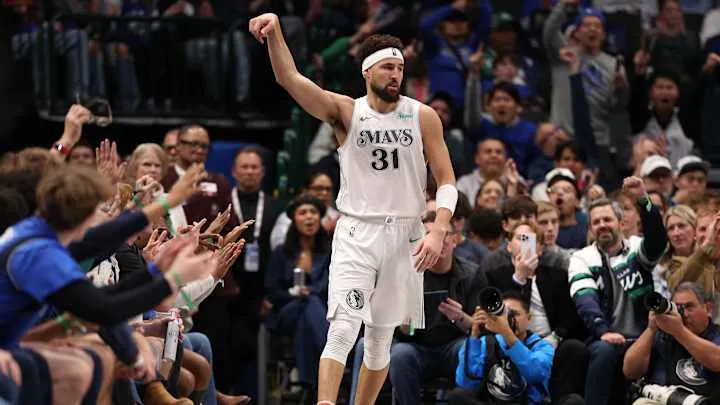
Veterans are no longer just figureheads or locker room leaders—they must contribute in tangible ways. The challenge lies in aligning those contributions with their evolving physical abilities and team dynamics. Kidd has done this masterfully, carving out a role that protects Klay’s legs while unleashing his jumper.
Compare this to the fate of other aging stars who refuse to adapt, and Thompson’s example becomes even more powerful. His willingness to accept fewer minutes, embrace a new system, and collaborate with a fresh coaching staff has extended his career in meaningful ways.
What It Means for Dallas and the NBA Landscape
For the Dallas Mavericks, the strategic acquisition of Klay Thompson is already paying off. Not only does he provide veteran leadership and playoff experience, but he also fills a critical need as a spot-up shooter and perimeter defender. His presence stretches defenses and opens lanes for Dončić and Irving.
More importantly, the Mavericks have created a blueprint for integrating experienced players into a young, fast-paced system without compromising team dynamics. It’s a lesson for other franchises hoping to balance development with championship aspirations.
As for Thompson, he’s made it clear he’s not done. The NBA may have questioned his value after years of injury and diminished performance under Steve Kerr, but under Jason Kidd, he’s proving that sometimes all a legend needs is the right coach, the right role, and the right timing to write a new chapter.
If this resurgence continues into the playoffs, don’t be surprised if Klay Thompson’s legacy grows even stronger—not just as a Warrior, but as a Maverick who redefined longevity and role acceptance in the modern NBA.








